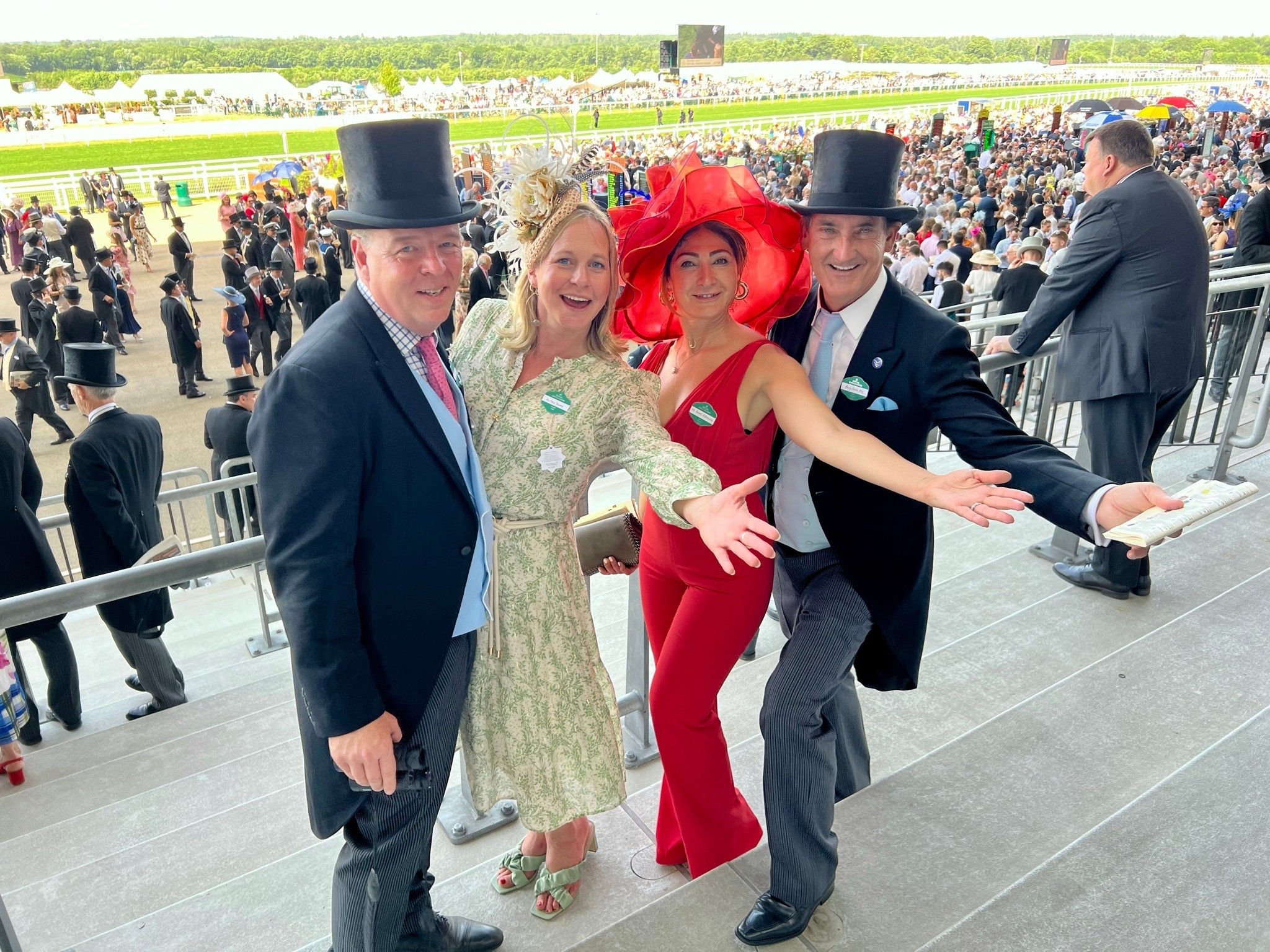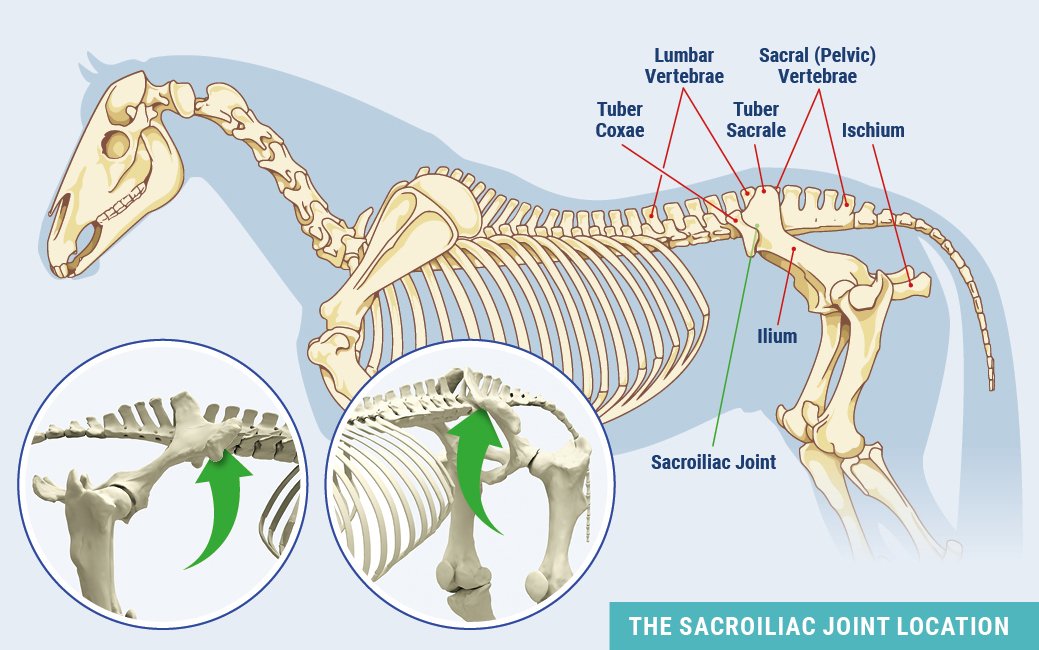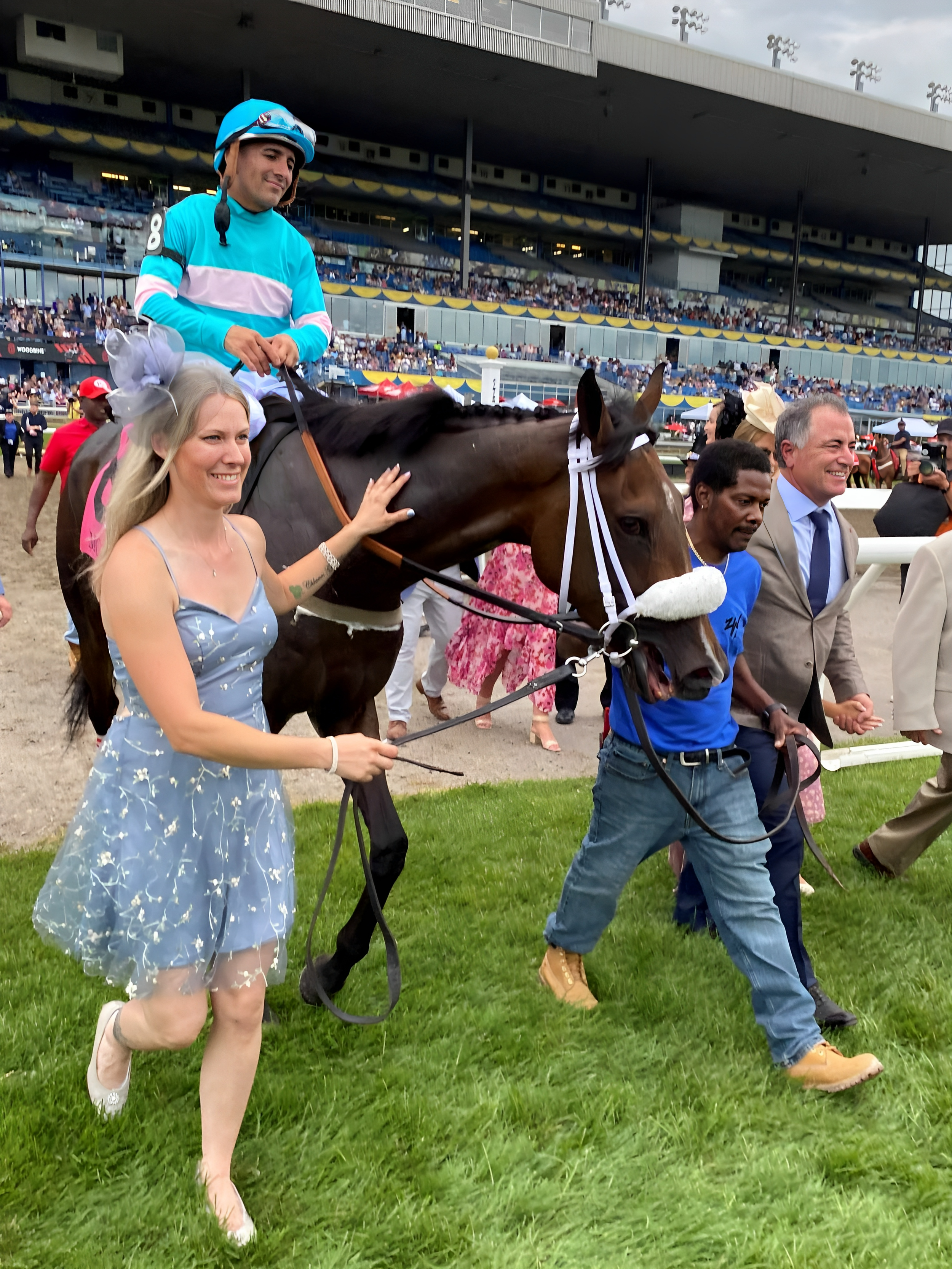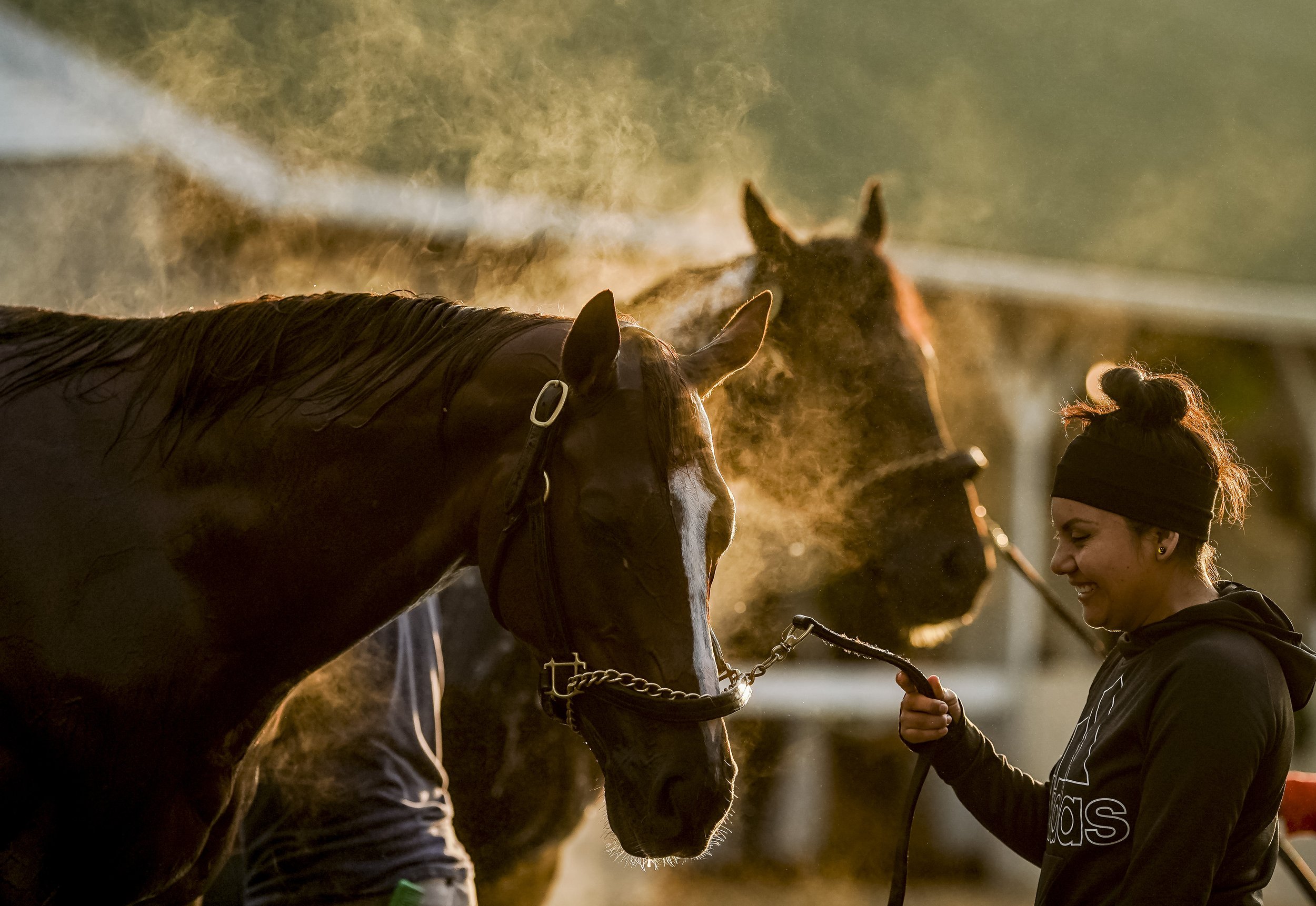Growth spurts in young horses
/The X-Factor
Growth spurts in young horses: What can we learn from 'human' research into growth and maturation in sport and exercise?
Article by Alysen Miller
Ask anyone to list five famous Belgians, and odds are that Kevin De Bruyne’s name will make an appearance. The Manchester City midfielder is widely regarded as one of the best footballers of his generation. Yet you might not have heard of him at all were it not for an innovative talent development scheme in his home country that could influence the way we select, train and manage racehorses.
Traditionally young footballers, like racehorses, are grouped age. By contrast, bio banding is the process of grouping athletes on the basis of attributes associated with growth and maturation, rather than chronological age. “Whether you mature earlier or later has quite a lot of bearing in sport, where greater speed, strength or power can be important,” explains Professor Sean Cumming, an affable Orkney Islander based at the University of Bath who studies growth and maturation. “When you look at children in sport, we group them by age for competition and for training. And while age groups are great in so far as it allows you to match kids of similar cognitive development, motor skills and experience, the challenge is that kids can vary hugely in terms of their biological maturity.” Although the effect of this ‘maturity bias’ doesn’t kick in until pubertal onset at around 11 or 12 years of age, the variance in biological maturity can already be anything up to five or six years by that point.
The concept that relative age can play a determinative role in future sporting success is not new. It explains why broodmares are covered in spring to produce foals in February and March. A winter-born colt running in the Derby in early June of its three-year-old year may be up to 10% of its life older than a spring-born animal—an unquestionable advantage. Or is it?
Indeed, it’s not only in horse racing where the orthodoxy around the so-called ‘relative age effect’ holds sway. In his book Outliers, Malcolm Gladwell notes that a disproportionate number of elite Canadian hockey players are born in the earlier months of the calendar year.
The reason, he posits, is that since youth hockey leagues determine eligibility by calendar year, children born in January are pitted against those born in December. Because the earlier-born children are likely to be larger than those born later (at least until somatic factors kick in), they are often identified as better athletes.
This, in turn, gives them more exposure to better coaching, and the gap between the two groups widens. Sociologist Robert K. Merton has dubbed this the ‘Matthew Effect’ after a verse in the Gospel of Matthew: "For unto everyone that hath shall be given, and he shall have abundance. But from him, that hath not shall be taken away even that which he hath.”
But, cautions Professor Cumming, this only tells part of the story: “What even a lot of the academics get wrong is that relative age and maturity are not one and the same. In fact, our data shows that only about 8% of the relative age effect in academy football can be explained by physical maturity. It’s quite possible to be the oldest kid in the age group but also the least mature, or the youngest kid in the age group but also the most mature.”
The focus on relative size and strength alone, in other words, can create a bandwagon effect. “If you’re looking to identify and develop the most talented young athletes, then it’s going to cloud your vision. It’s going to make some kids look fantastic and some kids look quite poor.” Perhaps tellingly, the last January-born Derby winner, Pour Moi, came in 2008. The youngest winner of the last 10 years, Anthony Van Dyck, was born in mid-May.
Enter De Bruyne. The Royal Belgian Football Association’s Programme of the Futures, as it is known, allows late-developing players to hone their skills by playing mostly friendly matches against teams of the same physical maturity level, irrespective of age. De Bruyne is the scheme’s most famous graduate. Other members of the late-developer club include Dries Mertens, Thomas Meunier and Yannick Carrasco. By deliberately creating a climate in which late-maturing players get a second bite at the cherry, a country with a population of just 11 million has become a global footballing superpower. Unsurprisingly, other nations are starting to catch on, and several similar programmes have sprung up across the UK and Europe.
Every professional football club has a story about the one who got away—the player that was cut from their programme for being too physically small, from Jamie Vardy (released by Sheffield Wednesday at 15) to Harry Kane (the now 6’2” striker was released by Arsenal at the age of nine). But the consequences are more far-reaching than just missing out on the next footballer superstar. There is compelling evidence to suggest that tailoring the training load to the stage of the athlete’s biological maturity can reduce injuries. The amount of time spent off through injury during an athlete’s formative years is thought to be one of the single biggest factors that determines future professional success.
Since overuse injuries and stress fractures all peak when the athlete is going through their pubertal growth spurt, it is important to identify when an athlete is entering this phase and adjust the load accordingly. As Professor Cumming explains, “Because we know the growth spurt typically takes off at around 85-86% [of the athlete’s predicted adult height] and peaks at around 90-91%, as soon as they move into that phase we can change the training prescription to more developmentally focused stuff—coordination, balance, core strength—all things that are going to help the child transition to a phase when their body is changing rapidly, when they’re more at risk of certain types of injuries.” Early evidence from clubs using the method has pointed to a 72% reduction in injuries.
And it’s not just football clubs that are starting to understand the benefits of bio-banding. Daniel and Claire Kübler have been bio-banding their horses using knee x-rays, among other metrics, to determine when to increase a horse’s workload. “We back most of our own horses and train them away to where they can canter relatively comfortably at a normal speed,” says Daniel. “Once a horse can canter away, that’s when we go in and do that first set of x-rays.” The horses are given a grade based on the degree of fusion in the growth plates in the knee, with A being an open growth plate, B being partially closed and C being a closed growth plate. “Those really open ‘A’ horses, you might say, ‘OK, there’s no point—give it a break,’” says Daniel. The C’s, likewise, tend to be easy cases. “It’s really the B horses that are the interesting ones, where you have to make a bit more of a decision,” says Daniel. “What we don’t want to be doing is increasing the workload on a horse that’s relatively immature.”
Although the growth rate in horses varies somewhat by breed, most horses do not reach full physical maturity until around six years of age, with larger breeds like draft horses still growing until eight years of age. A two-year-old horse is an adolescent; it has reached approximately 97% of its mature height by 22 months but critically, its bones will not fully fuse for another four years.
Like humans, horses grow distal to proximal—that is, from the feet up—with the pasterns developing first, fusing at around six months, followed by the cannons at around the one-year mark. The pelvis and spine fuse last. It is during the horse’s two-year-old year that the major leg bones—the radius, ulna and tibia—will fuse. It is therefore important to understand when a horse is entering its growth spurt and tailor its regime accordingly. “It’s about injury reduction,” argues Daniel. “Young athletes are highly susceptible to injury, and by recognising and identifying the growth spurt, you’re massively reducing the injury rate by adapting the training load.”
“The knees are the most delicate bit,” he goes on. “That’s where most of your injuries occur that can cause problems down the line. When you’ve got one with poor grading on its knees, it’s being pre-emptive in your training,” he continues. “You would train that horse a bit more conservatively and not push it quite as hard. You might spend more time on an incline gallop, or you might introduce swimming into the horse’s routine so that you’re putting a bit less concussion through those joints. And hopefully you’re getting the benefit down the line, because they haven’t been pushed too hard, too young.”
Joint licence-holders Daniel and Claire have long advocated for the role of science in training racehorses. “We’re not scared of it,” says Claire, who holds a degree in physiology from Cambridge University. “Having the additional awareness of it gives you a greater understanding,” she asserts. Coming from a non-racing background, meanwhile, has allowed Daniel to approach training with something of a fresh perspective: “It’s the critical questioning. A lot of things in racing are done because that’s the way they’ve always been done, and you can work backwards and find that the reason they work is because, scientifically, it stacks up. But there’s other things where you actually go and look at the science, and it doesn’t make any sense to do that.”
“I love reading about human sports science and listening to podcasts to get ideas,” he explains. “Essentially we’re all mammals, and although there are some differences, there are also a lot of similarities.”
Following the science has not only allowed the Küblers to produce happy, healthy horses—“I’d like to say our horses are very sound and durable,” notes Claire—it has helped them manage owners’ expectations. “Owners enjoy the insights and better understanding themselves as to how the horses progress and develop,” she says.
“As a trainer, sometimes you can look at a horse and you can see it’s backwards and it needs time,” says Daniel. “What’s helpful about having the knee x-rays is that it’s a very visible thing to show to someone who doesn’t necessarily understand horses particularly well or isn’t used to them. It’s a simple way to say, ‘Your horse is immature.’ That’s a helpful tool as a trainer in terms of being able to communicate very clearly with your owners.” Posting regularly on social media, meanwhile, has attracted interest from outside the sport—including from Professor Cumming himself, who reached out to Daniel through Twitter.
The science is certainly compelling. But, emphasises Daniel, you cannot rely on data alone. “You can’t solve the challenge of training racehorses purely with numbers in the same way that I don’t think you can solve it purely just by looking anymore, because you’re not looking at bits of information. It’s an example of using a scientific, data-driven, analytical approach to enhance the welfare and time the horse’s development in the right way for that individual,” he says.
“The numbers don’t lie, but still you need the horsemanship,” agrees Claire. Feedback from the work riders, she says, can provide as much insight into a horse’s state of growth as an x-ray. “They can pick up on the horse, whether it’s still maturing and doesn’t quite mentally understand what it’s doing. Then you can come up with ideas together as a team,” she says.
In a climate where racing, and equestrian sport in general, is the subject of increasing scrutiny—both from outside the sport and from within—t is submitted that any sports science techniques that can deliver tangible welfare benefits to the horse should be embraced.
“At the end of the day, they have to go out and race, and they all have to be sound enough to do that,” says Daniel.
“You’re always trying to find ways to help get an edge on the track—to get more winners,” agrees Claire. “But you also just want to do the best for the horse so you’re getting a sound horse to achieve its optimum best.”



















































































































